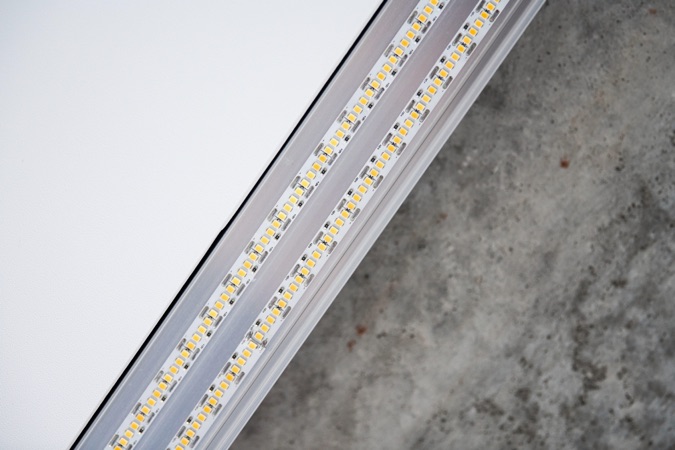
LED technology has revolutionized the lighting industry with its energy efficiency, longevity, and versatility. However, not all LED products are created equal. The quality and performance of LEDs can vary significantly based on their binning. In this article, we will discuss LED chip binning, its significance, and how it ensures consistent quality and performance in LED products.
What is LED Chip Binning?
LED chip binning is a critical process in LED manufacturing. It involves sorting LED chips into groups based on their optical and electrical characteristics. These characteristics include color temperature, forward voltage, brightness, color rendering index (CRI), and MacAdam Ellipse rating. The sorting process enables manufacturers to match the right LED chips to specific applications. This process results in optimized performance and cost savings.
The Binning Process:
Different manufacturers may use varying numbers of bins for each characteristic being sorted. Typically, between 2 and 7 different bins are used, with higher bin numbers generally indicating better quality and performance. For example, some manufacturers may use 3 bins for color temperature while others may use 7 bins for brightness. The number of bins used can also depend on the intended application of the LED product and the level of performance required for that application.
The chart below shows an example of LED binning for color temperature and brightness:
| Characteristics | Nominal Value | Bins |
| Color Temperature | 2700K-4000K, 5000K-6500K | 2-3 |
| Forward Voltage | Varies | Varies |
| Brightness | Varies | 3-7 |
| Color Rendering Index (CRI) | Varies | 2-4 |
Binning based on Color Temperature and Brightness:
LED chips can be binned based on their color temperature. Typically, LEDs with color temperatures between 2700K and 4000K are considered “warm” or “soft” white, while those between 5000K and 6500K are considered “cool” or “daylight” white. LED chips will be manufactured to meet nominal color temperatures, for example 3000K, 3500K, 4000K, and 5000K. Within each of these nominal color temperatures, the binning process will define the allowable deviations. For example, lets measure the light characteristics of a sample from a batch of identical 4000K LED fixtures with a laboratory spectrophotometer. We may measure actual CCTs of 3940K, 3975K, 3955K and so on. Fixtures made with LED chips from the highest rated bins will have the most consistent performance and will be closest to the nominal value.
LED chips can also be binned based on their brightness, which is measured in lumens (lm). Brightness bins are typically labeled with a range of lumens, such as 80 to 100 lm, 200 to 240 lm or 600 to 650 lm depending on the size of the chip and its application.
Other Binning Characteristics:
In addition to color temperature and brightness, LED chips can also be binned based on their forward voltage, CRI, and MacAdam Ellipse rating. If we plot the intended LED chip color on a chromaticity diagram, the MacAdam Ellipse is an elliptical boundary around the intended color. Any color inside this boundary will appear the same to the human eye. Binning helps ensure that LED products have consistent performance and quality. It allows manufacturers to match the right LED chips to specific applications, resulting in optimized performance and cost savings.
In conclusion, higher bin numbers generally indicate better quality and performance. By understanding LED chip binning, consumers can make informed decisions when purchasing LED products. The biggest misconception to avoid is that a manufacturer is always reliable. It is necessary to know which bin the LED chips came from to know the quality.
References for this article include:
- “LED Bin and Color Coding,” LED Basics, LEDSupply.
- “LED Color Temperature and Brightness,” LED Journal.
- “LED Color Consistency: MacAdam Ellipse and Bin Sorting,” LED Professional.







